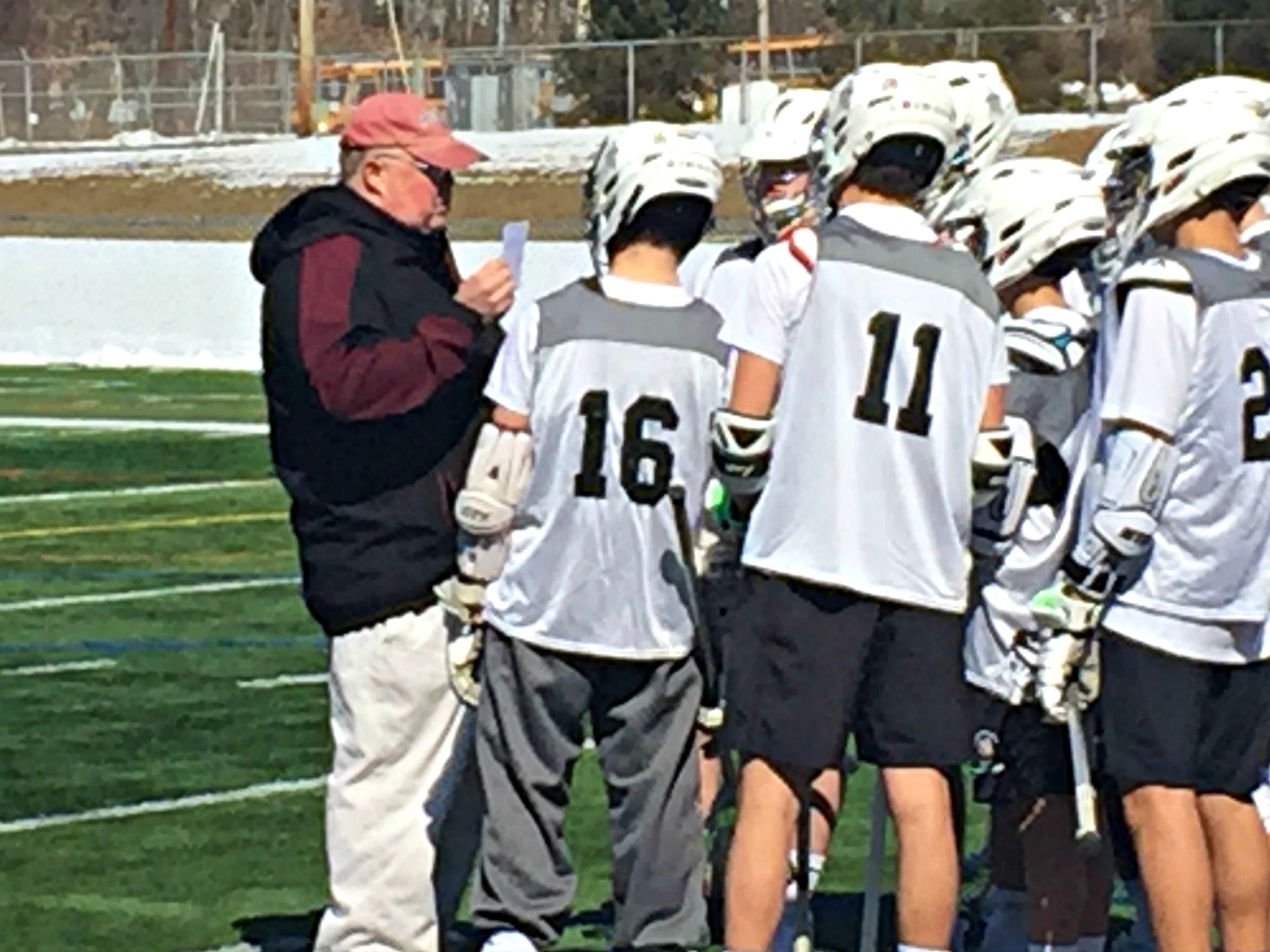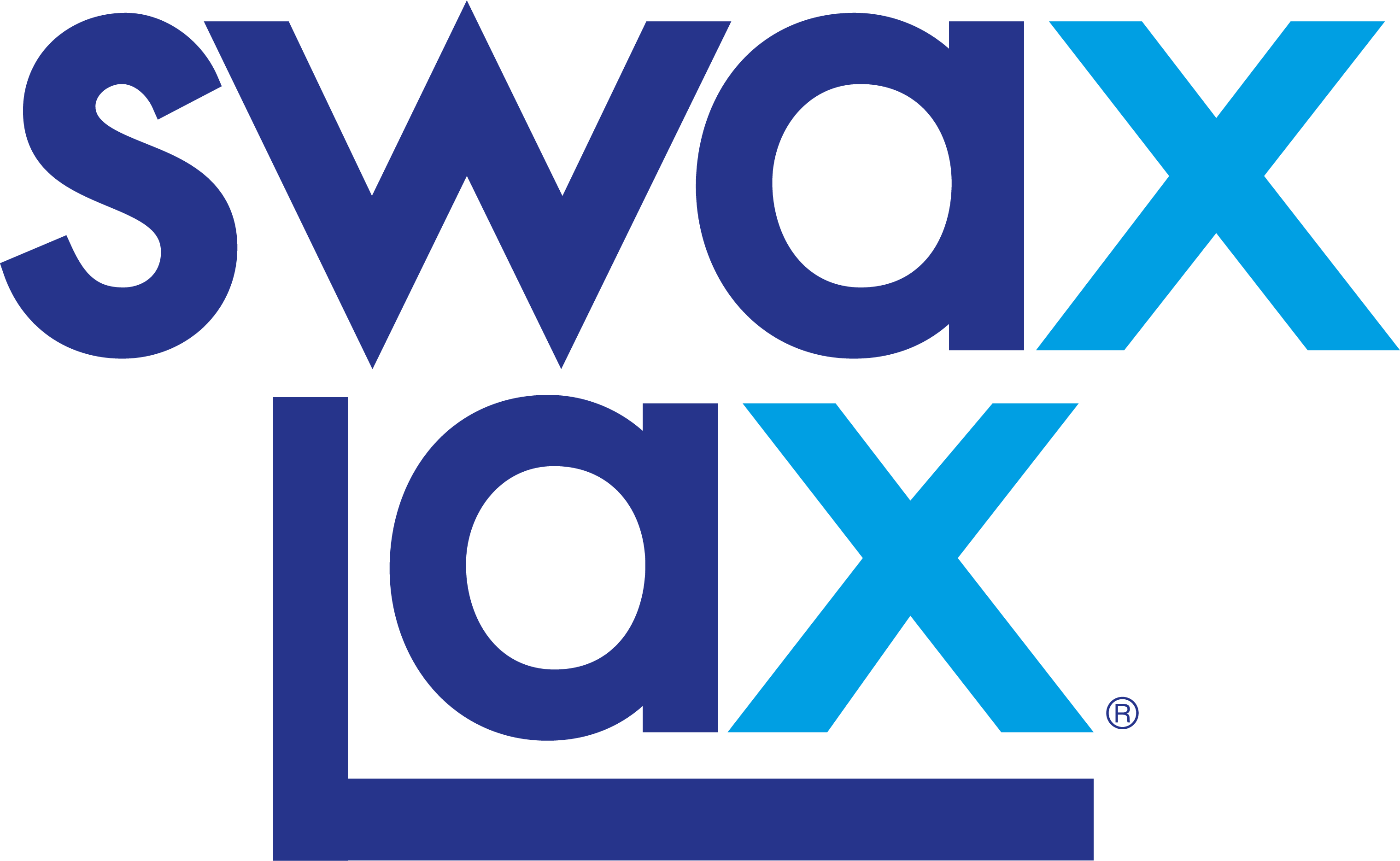A Coach’s Thoughts on Lacrosse Positions

Practice has started. After warm ups and some stick drills, we coaches are going to break our players up into position groups. Who decides which players go where? Hopefully the head coach. And hopefully he has done some research, consulted with his staff, players, and their parents, and put some thought into these decisions.
I am not talking about deciding positions for brand new players or elementary-age players. Those players should be concentrating on stick-skill development and learning the rules of the game, not worrying about whether they are attack, midfielders, or defensemen. I usually rotate these younger players from defense, to midfield, to attack during the game so they learn each position and get to appreciate the differences between the positions. Goalies are another story altogether and probably rate their own blog post. What I am talking about is middle school age players and up. Guys who have played before, can catch and throw, and understand the rules of the game.
I do not believe that there is some scientific formula for figuring out what position you should play based on a list of physical traits. A player’s motivation is almost as important as any physical traits. This is much more of an art than a science. The days of putting the fat kid in the goal and the slower guys on defense are long gone. A team needs athletes at every position to be competitive. If anything, I try to hide my slower players on attack.
Picking Players’ Positions
Coaches have a number of different responsibilities to consider when “guiding” players to specific positions. The two main responsibilities are:
-
Putting the most effective team on the field to compete with and defeat your opponent, and
-
Putting your players in the best possible position for personal success.
As a coach, I understand that responsibility #1 trumps responsibility #2 if they conflict. However, more often than not, they do not conflict and actually support each other.
I always ask my players what position they would like to play. But before that, I ask my coaching staff what we need to be competitive. If you looked at a middle school roster after sign ups, you will have 17 attack, 5 midfielders, 2 defensemen, and 1 goalie (if you are lucky). High schoolers are a little more realistic, or maybe just opportunistic. They look at their teammates and figure out where they can get the most playing time.
When players get to play the position they want to play, they are generally happier and generally play better. This meets responsibility #2, personal success. But that does not always help us coaches meet responsibility #1, team success.
Successfully changing a player’s position is a delicate operation that involves a tremendous level of salesmanship. Knowing your audience is key. Will your player respond to the “team needs you” approach or do you have to sell them on the “opportunity for personal success”? Coaches need to know that going into the conversation. It is not like the old days when “whatever is best for the team” was the default motivation for a player.
The more a coach knows about his players, his opponents, and the game of lacrosse, the better his decisions regarding positions will be. I have moved players from midfield to attack, from attack to goalie, from goalie to midfield, from midfield to defense, and any other combination you can come up with. Most of the moves were successful because I explained it to the players in terms they understood and with motivations they could relate to. Parental buy-in for a position change is almost as important as player buy-in. High school age players can communicate this to their parents. However, parents of younger players need to be part of the equation from the beginning.
Changing a player’s position doesn’t have to be scary. Just do your homework and sell it to your players and their parents as you would every other aspect of your program.
About the Author
Kevin Meany is the head boys coach at Swax Lax Lacrosse. He was a goalie for Providence College, and when he’s not coaching for Swax Lax Lacrosse, he’s the assistant coach for the Morristown-Beard varsity and middle school lacrosse teams in Morristown, New Jersey, and a contributor to the Swax Lax team.

